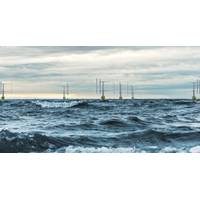
Verlume and SeaTwirl Ink MoU
to be agnostic to any renewable power input and we believe that through integration with SeaTwirl’s unique floating wind power technology, we will jointly be able to provide large capacity systems for clean power delivery across a range of assets and use cases in the subsea environment.”Johan Sandberg, CEO SeaTwirl, said, “I am convinced that our combined capabilities and technologies will push forward the decarbonization of remote assets and prove that the hard-to-abate emissions can be reduced through new technology. At SeaTwirl, we look forward to continuing to develop this market
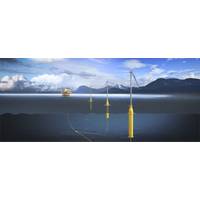
WIN WIN: Wind Powered Oil Recovery Concept Progresses
showcases alternative sources of energy and its reliability for off-grid situations. “The WIN WIN project has shown great potential for the oil and gas industry to lower costs and increase efficiency, while also reducing its environmental footprint," says project sponsor Johan Sandberg. "Proving that large-scale renewable units can be integrated well into oil and gas systems will also expand the industry's toolbox of technology solutions. It is a win for society with regards to emissions, and for the oil companies who can lower their costs on both equipment and operations
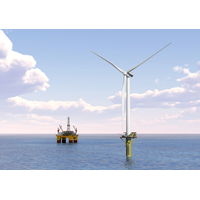
Wind-powered Oil Recovery Project Green-lighted
is limited or injection wells are located far away. “For the specific example case assessed in the report, we are looking at a potential cost saving of approximately 20 percent compared to a conventional solution. This will of course vary greatly between cases,” said Johan Sandberg, project sponsor and segment leader of floating wind turbines at DNV GL. “To develop the concept further, a next step would be to test critical subsystems in a small scale physical set-up” The key objective would be to gain assurance that the components
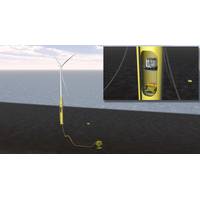
New EOR Concept: Wind Powered Water Injection
powered Water Injection’. The combination of the two technologies can open up an era of synergies and mutual benefit for both industries. I see this as an important part of the oil & gas industry’s work to reduce cost and with less emissions as a positive effect,” says Johan Sandberg, Service Line Leader - Offshore Renewable Energy at DNV GL, and who is project sponsor of the initiative. DNV GL’s concept intends to integrate the compressor and water treatment equipment into the sub-structure of a floating wind turbine. Combining the newest developments within offshore

Floating Offshore Wind Turbines: DNV KEMA Set Standards
effectively is development of design standards…they are essential to ensure a consistent and appropriate level of safety in design, construction and operation of floating wind turbines. This will increase confidence in the technology and hopefully make more projects bankable.” – Johan Sandberg, head of renewable energy at DNV KEMA, Norway and project sponsor. In response to the fast-expanding offshore wind market, DNV KEMA, the energy arm of DNV, has developed a new standard that will help accelerate the development of a new generation of floating offshore wind turbines by establishing
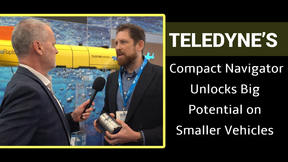
 February 2025
February 2025




